Recent Updates
10/08/2025 12:00 AM
Millions of drivers in line for £700 payments over car finance scandal
10/08/2025 12:00 AM
Tesla launches stripped-back Model Y and Model 3 variants
10/08/2025 12:00 AM
New Aston Martin DB12 S boosts V8 to 690bhp
10/07/2025 12:00 PM
New 2026 Audi A4 to bring next-gen tech and TT-inspired look
10/07/2025 12:00 PM
How CEO Cambolive is using “international vision†to grow Renault
10/07/2025 12:00 PM
Ferrari opens new test track as it gears up for first electric car
10/07/2025 12:00 PM
£3m Lamborghini Fenomeno previews Revuelto upgrades
10/07/2025 12:00 PM
JLR to restart production tomorrow following September hack
10/07/2025 12:00 PM
Fastest Skoda Fabia yet brings 174bhp for £29,995
10/07/2025 12:00 PM
Watch: Wild new Renault 5 Turbo 3E burns rubber
EV, Hybrid, Hydrogen, Solar & more 21st century mobility!
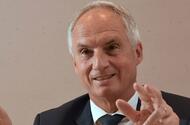
Cambolive has taken over from De Meo as Renault CEORenault veteran of three decades has been pivotal in brand’s bold transformation plan. We catch up with him…
Fabrice Cambolive is a proud Frenchman and he has worked for the country’s largest car manufacturer for more than three decades. So it seems odd that one of the main strengths he says he brings to his role as CEO of the Renault brand is an outside perspective.
But it makes more sense when you see his career trajectory: the 55-year-old has worked in Brazil, Spain, Switzerland, Germany, Romania and Russia and also served as the boss of Renault’s operations in Africa, the Middle East, India and the Pacific. Bringing that experience to the CEO role, he says, means that he can “look at the brand from an uber angleâ€.
He adds: “I spent 30 years abroad in many, many countries. I was half part of Renault, because on the one hand I was a full Renault product, but on the other hand I could see Renault from a different, international perspective.â€
Cambolive returned ‘home’ three years ago, shortly after Luca de Meo – whom he worked with early in his career – was named head of the overall Renault Group. Cambolive initially led Renault’s sales and operations division as de Meo’s transformative ‘Renaulution’ initiative was rolled out, before being promoted to chief operating officer in 2022, and CEO a year later. Under new Renault Group CEO Francois Provost, Cambolive also now serves as the Group's chief growth officer, tasked with overseeing both the Renault and Dacia brands, and spearheading international development.
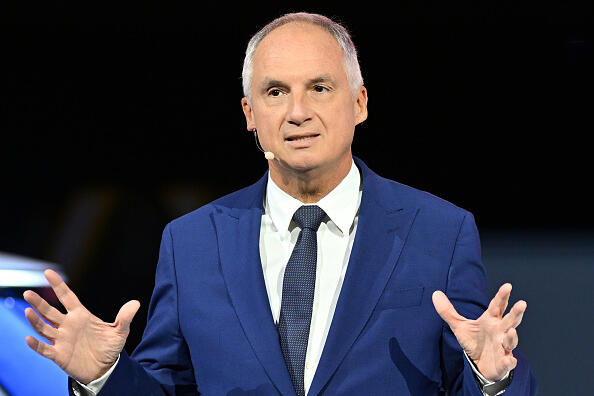
In his CEO role, Cambolive says the goal now is to “build the brand for the future†and he talks of leading Renault as “a unique chance to participate in a global project in terms of environment, mobility, technology, sociology – this is what Renault means for me, with a focus on the product.
“When you look at what we did in the last four years with Luca, four years ago Renault was in a complicated situation, and within a short amount of time we had to make some tough and bold choices in an environment that was really uncertain. Who could have bet on how quickly the electrification in Europe would go, and with which kind of solution?
“What we decided was to build a very balanced brand, but in this global balance to make tough and bold choices.â€
As an example, Cambolive cites the decision to put hybrid powertrains in all its combustion-engine cars. “It was not obvious four years ago to say that the Clio hybrid would represent more than 40% of the mix in Europe,†he says. That led to structural decisions, such as launching the Symbioz purely as a hybrid – “it was quite tough at the time because new technology is more expensive†– and to maintain bespoke EV and ICE platforms. “When you build an EV on a dedicated platform, you have a lot of benefits for the customer in terms of weight, roominess, design, connectivity and so on,†he says.
Renault’s push for balance doesn’t just extend to separate EV and ICE platforms, though. The firm is also aiming for a more balanced split between fleet and retail sales, and to become even more balanced between its European operations and those elsewhere in the world.
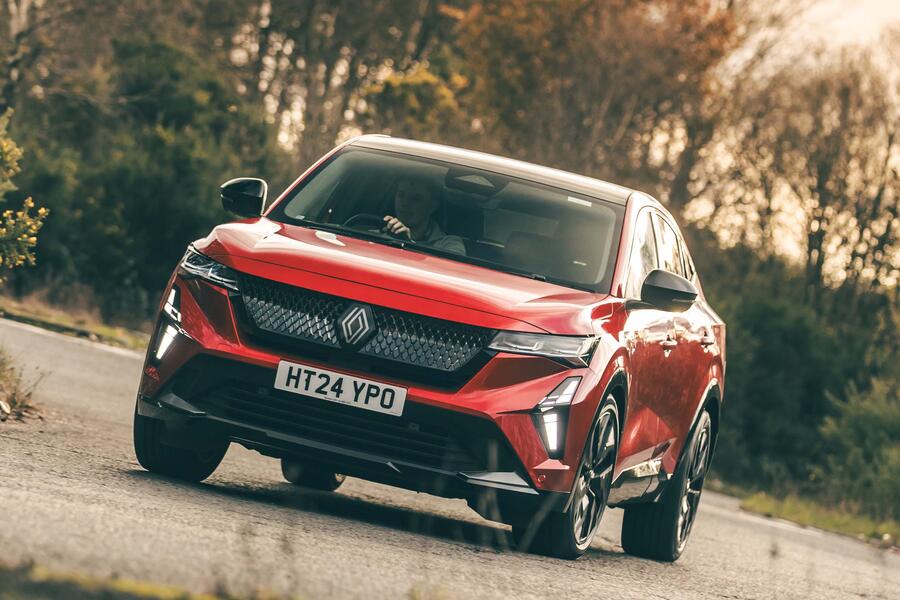
That’s where Cambolive’s vast international experience and perspective should help – particularly with his role now encompassing international development. “Look at what’s happening now, when everyone is talking about tariffs,†he says. “But if you want sustainable development out of Europe, tariffs are only part of the equation.â€
That’s why Renault is streamlining the number of platforms it offers but also localising production in key global markets and developing models specifically tailored to each region. In particular, there is a focus on growing sales in India, Latin America and Korea.
Asked what’s currently occupying the bulk of his time, Cambolive cites three areas: “The first is we have to benefit from our very good product line-up in Europe in terms of volumes and profitability. The second part is to build the next product cycle, which is very important. And the third is to manage the growth of Renault in international markets.â€
Renault’s European line-up has been dramatically reshaped in the past three years, with a flurry of new electric and hybrid vehicles in key SUV segments – and there is also the reimagined Renault 5. The concept version of that vehicle was the cornerstone of the Renaulution unveiling in 2021 – and the production version has fully delivered on the promise of an affordable, dynamic compact electric hatchback.
“Frankly, we could have taken one of our existing combustion cars and produced an electric version, but that would have been boring for everyone,†says Cambolive. “Not only boring, but it would have been a pity for the customers when you see the potential of a dedicated EV platform to transform or to change the codes of a product.â€
He says the warm reception to the 5 is not just because of its retro design but also because “it brings emotionâ€. He adds: “When you do this kind of product, you have to be serious. The fact to benefit from a dedicated platform made by Ampere [Renault’s EV and soft ware development arm], the fact to put the wheels of the car [at the corners], the fact to change the design code, the fact we invest a lot of money in agility, sportivity and body control – that, for me, meant we found the best balance between our history, our legacy, and a step towards modernity.â€
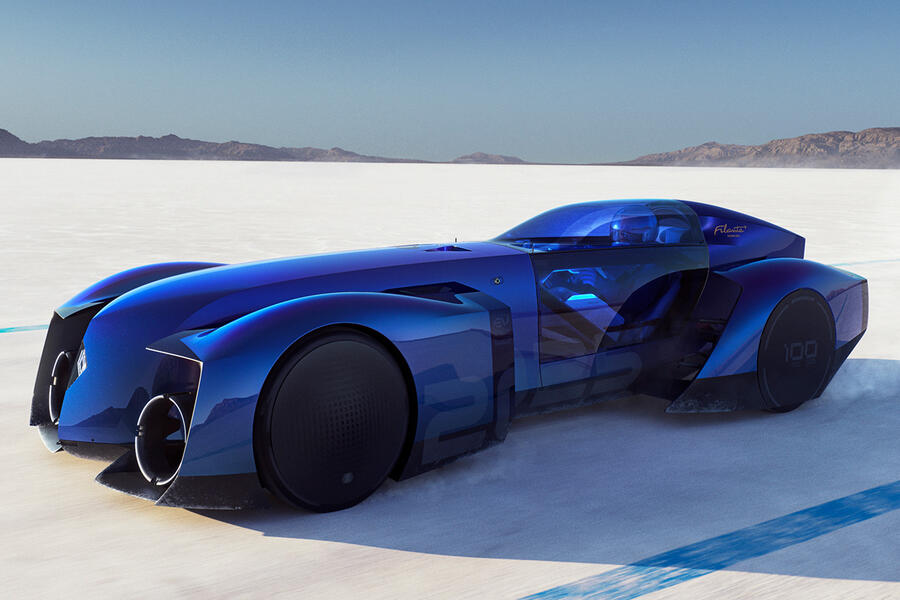
The retro nod of the 5, its 4 sibling and the smaller Twingo that will arrive next year isn’t just in their styling, but also in the city car and hatchback market they sit in. “Over the last 30 or 40 years, Renault has been one of the leaders in the European B-segment. It’s very important to have this base of loyalty, and to use this heritage to shift the B-segments and to break the glass ceiling of the electric transition,†says Cambolive.
That’s also indicative of Renault’s push towards retail buyers. While the larger Scenic sits in the fleet-happy C-segment, the 5, 4 and Twingo are all aimed at private buyers, who so far have been the most reluctant to embrace EVs. Renault’s EV sales share in the UK is already pushing towards 30%.
But there’s a reason there aren’t many city cars on the market today, electric or otherwise: the cost to develop them remains high and the margins are small. Despite that, Cambolive insists Renault is committed to the segment, and the decision to invest in the Ampr Small platform – used by those three models and for forthcoming Nissan twins, including the new Micra – is paying off.
He says: “Having a very modular platform enables us to fulfil all the customer needs in this segment, from hatch to SUV, from 3.8 to 4.2 metres. Now we can really target the sub-segments, which is very important, and to produce cars that are less expensive.
“The Renault 5 arrived at around €25,000, in part because we developed the car in record time. We announced Renault 5 three and a half years ago, and now it’s on the road. Renault 4 we did in three years, and we’ll do Twingo in less than two. If you can reduce development time, you can proportionally reduce the entry ticket investment – and, in turn, the price of our cars. And this is our bet in Europe: to be able to conceive and produce cars in a record time at a level of competitiveness that are better than our competitors, wherever they are coming from.â€
And while the 5 and 4 are European-led models, with his global viewpoint Cambolive believes they can work elsewhere: “More and more in Europe, we are developing global products. The 4 was a global product in the past. Why not to have it in the future also worldwide?â€
While EVs seem the way forward in Europe, there is still major uncertainty about the pace of electrification, and whether other technologies might be relevant in the future. Renault appears to be keeping its options open, with concepts such as the land speed record-inspired Filante, which aims to push the boundaries of EV efficiency, and the hydrogen-powered Emblème.
“Alternative solutions like hydrogen remain very good solutions for the future, as long as we are able to launch them when the ecosystem to support them will be at the right level,†says Cambolive. “For now, our focus is more to prioritise the shift to EV not only for passenger cars but also with our vans.â€
Cambolive’s enthusiasm for Renault is clear when he talks, and it isn’t for show: his current company car is a Renault 5 and he recounts with glee how much time he’s shaved off his Paris commute compared with when he was running a larger SUV, even if he confesses that this has come at the expense of his eco driving score on the car’s infotainment.
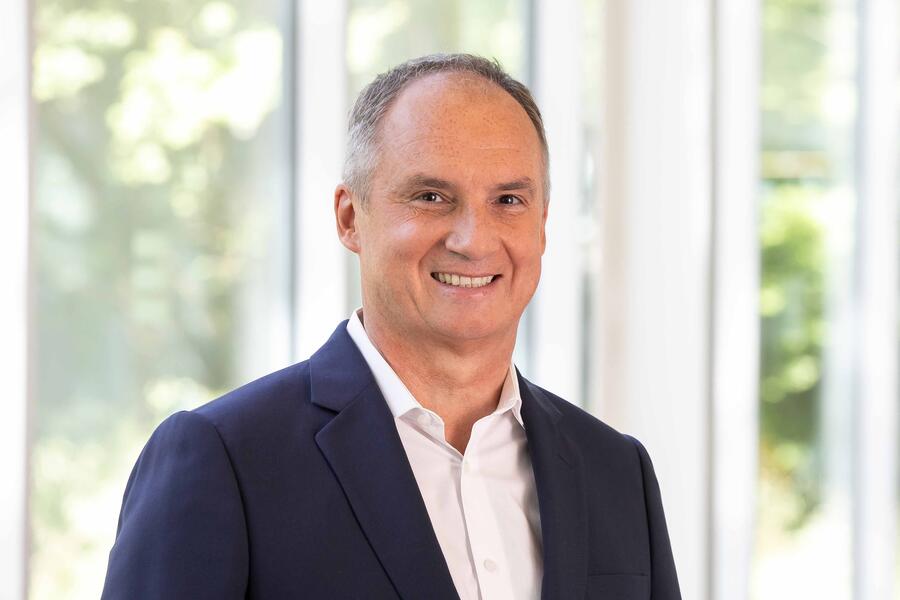
While the bosses of some legacy car brands are dealing with major dramas, things genuinely seem positive for Renault right now. Looking back on the transformation that the Renault Group underwent three years ago, Cambolive says he realised he could use his “international vision†of being a proud French person with global experience to help implement that bold initiative.
Somehow, the Renault brand increasingly feels much like the man tasked with running it: more proudly French than ever, but with a vital global perspective.
